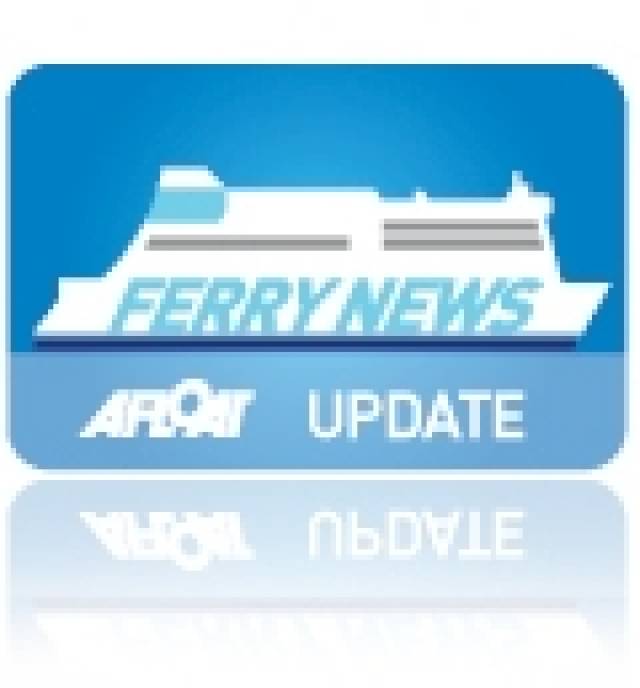#FerryTT2016 – According to the Isle of Man Steam Packet, the P&O Express fast craft will not be joining the island operators fleet during the 2016 TT Races.
The fastcraft P&O Express has been a regular in Manx waters for Larne trips each TT, but the craft is being returned to her owners by P&O and will not be available for TT charter trips in 2016.
Finding a suitable alternative which is available for such a short lease period is proving very difficult, so the Steam Packet Company has already adjusted its TT schedules for next year to maximise capacity.
Although the loss of P&O Express means there are slightly fewer Irish sailings during TT2016, Ben-my-Chree and Manannan have already been scheduled to operate additional Belfast sailings to accommodate Irish fans heading to the races. Adding these extra Irish services for Manannan and Ben-my-Chree means the number of sailings from Heysham and Liverpool is slightly reduced.
Isle of Man Steam Packet Company Chief Executive Mark Woodward said: 'Fast craft are expensive to operate and maintain so we are not surprised that P&O has decided to return the craft. Realistically, there simply aren't many owners who are prepared to make their vessels available for just two or three weeks charter, and commit to that a year in advance. The search for vessels is further restricted because of the size constraints necessary for vessels which can operate within the limitations of the harbours we service.
'We will keep looking for a replacement charter and have already approached several companies. None at present has indicated a willingness to release vessels to us but we will keep trying. As things stand it appears highly unlikely a suitable replacement will be available and our published schedule for TT2016 assumes we will use our existing resources.'
He added: 'Our vehicle capacity at TT is significantly higher than 20 years ago and Manannan with the mezzanine deck has double the motorcycle capacity of P&O Express, which only carried around 700 of the 14,000 motorcycles transported in 2015.'






























































